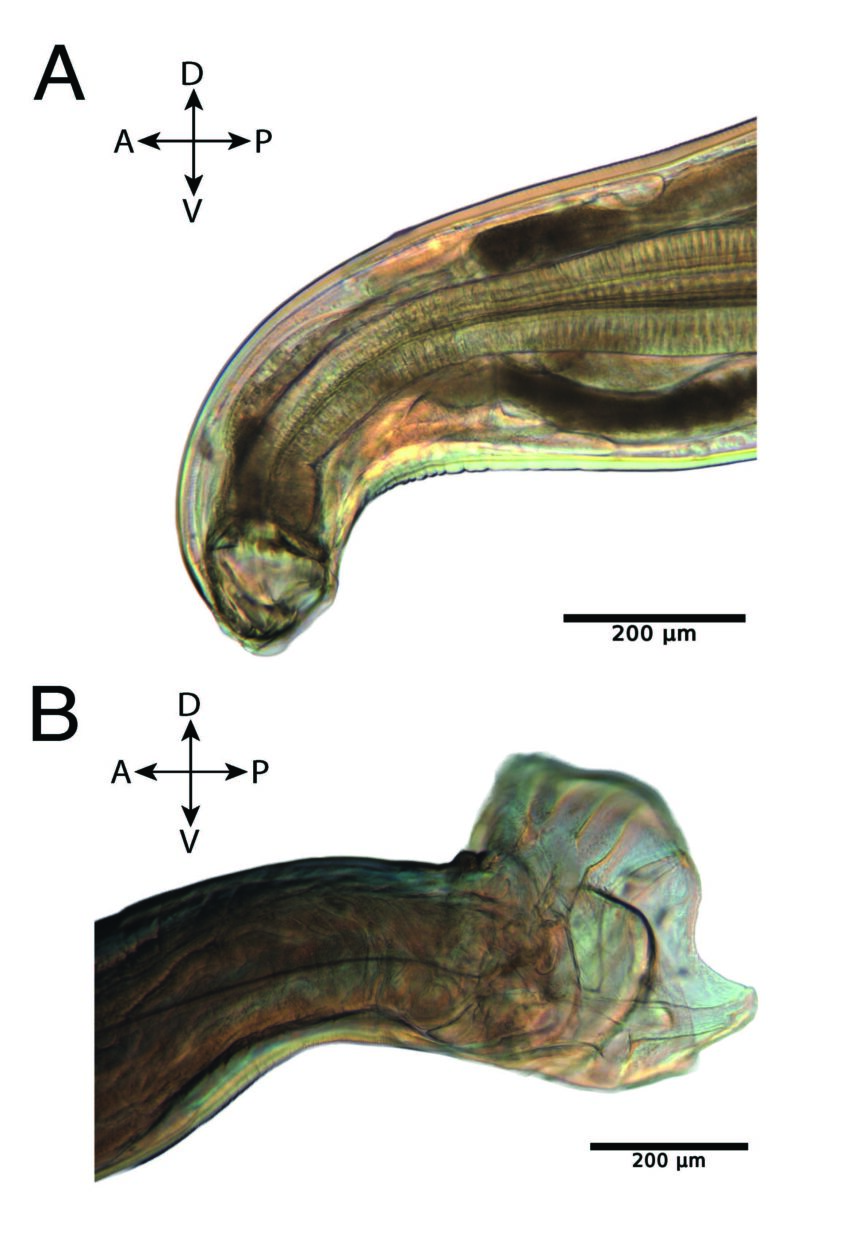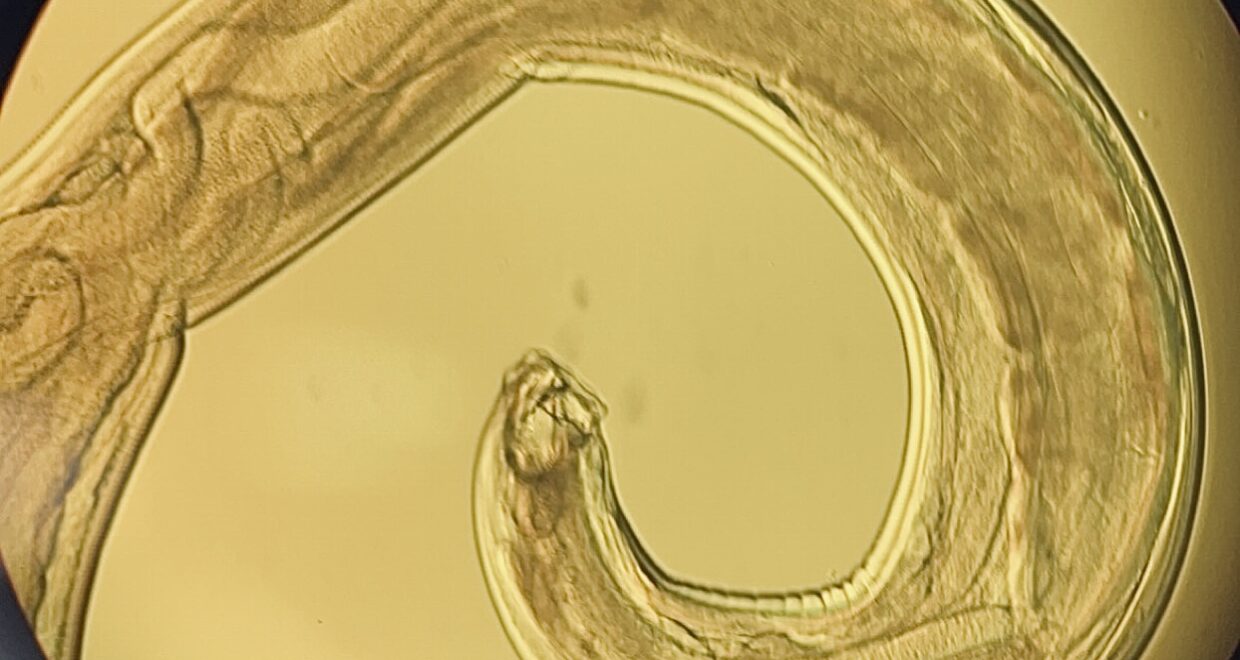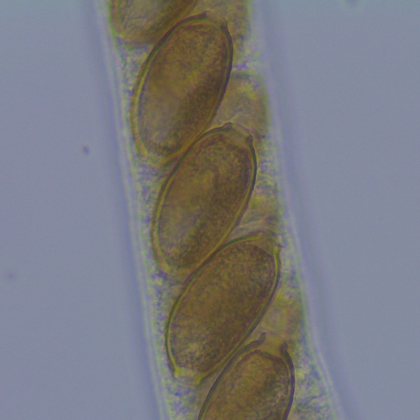From Zero to Parasitic Hero; Ancylostoma ceylanicum’s Breaking Point in Mice

It may come as a surprise to learn that about one in four people worldwide are hosts to soil-transmitted nematodes (STNs). Yes, these tiny parasites are nearly as common as the seasonal cold. Among the STNs, hookworms, and specifically Ancylostoma ceylanicum, are particularly noteworthy for their adaptability. This species is not picky at all—it can thrive in a variety of hosts, including humans, dogs, cats, and hamsters. Once settled in the small intestine, it feeds on the blood of its host, leading to health concerns such as anemia and malnutrition due to the loss of iron and proteins. It’s this ability to colonize different hosts and its impact on their health that contributes to its success, and underscores the importance of understanding and controlling these parasites.
It’s quite fascinating that the hookworm A. ceylanicum, despite its versatility with various hosts, doesn’t infect mice. On the other hand, A. caninum sticks to dogs and, like its cousin, doesn’t infect mice either. Intrigued by the hookworms’ selective behavior, we set out to understand what guides their choice of hosts. We hypothesized that the immune system might act as the deciding factor for the establishment of hookworm infections. To test this, we utilized NSG mice, which lack a fully functioning immune system, and infected them with A. ceylanicum and A. caninum.
What we discovered was truly groundbreaking: A. ceylanicum was able to complete its life cycle in the immunodeficient NSG mice. This pivotal finding emphasizes the host’s immune system as a critical element in the parasite’s ability to infect this species. Furthermore, infections in NSG mice showed increased duration and egg production compared to hamsters, suggesting that it’s the host’s immune response, not the worm’s lifespan, that limits infection severity and reproductive success.
In contrast, the dog hookworm A. caninum did not thrive in the same immunodeficient environment, evident by their inability to develop in NSG mice. This suggests that host specificity of A. caninum is influenced by factors beyond the immune system. These findings illuminate the complex interplay between hookworm species and their hosts, revealing that immune system interactions are just one piece of the puzzle.
For the first time, we have witnessed this hookworm species successfully reaching maturity and producing offspring in a laboratory mouse model. This accomplishment challenges long-standing assumptions about host-parasite dynamics and lays the groundwork for future research. By elucidating the role of the immune system in host specificity, we not only advance our understanding of host-parasite interactions, but also hint at novel therapeutic approaches. These might include designing treatments that enhance the host’s immune response or, conversely, interventions that mimic the immune environment of non-permissive hosts to prevent infection.
Author biography:
Andrea Langeland and Elise McKean are PhD candidates in Biological Sciences at George Washington University. They work under the mentorship of Dr. Damien O’Halloran, an associate professor of Biology with expertise in invertebrate nematodes and sensory processing, and Dr. John Hawdon, an associate professor of Microbiology, Immunology, and Tropical Medicine, known for his extensive knowledge in hookworm biology and infection signaling. Together, this team combines rigorous scientific research with a passion for understanding the complexities of parasitic diseases.
The paper “Immunity mediates host specificity in the human hookworm Ancylostoma ceylanicum” published in Parasitology is freely available to read online.






